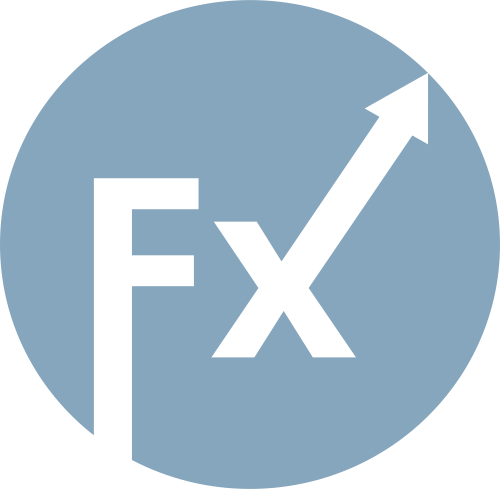Analysis of Macroeconomic Reports:

There are very few macroeconomic reports scheduled for Thursday, and none of them are significant. Essentially, the entire macroeconomic background of the day boils down to a single consumer confidence index in Germany. Clearly, this report is likely to provoke at best a very minor market reaction and will not impact the broader picture. In the UK, the European Union, and the U.S., event calendars are empty today.
Analysis of Fundamental Events:

There are also a few fundamental events scheduled for Wednesday. In the European Union, speeches by European Central Bank representatives Cipollone, de Guindos, and Machado will take place; however, it's worth noting that traders currently have virtually no questions for the ECB. The ECB has successfully battled high inflation, so there are no issues with elevated price growth for them at the moment. This is in contrast to the Federal Reserve and the Bank of England. Therefore, there is no reason to raise or lower the key interest rate. No speeches from representatives of the BoE or the Fed are planned for today.
General Conclusions:
During the penultimate trading day of the week, both currency pairs are likely to trend upwards, as upward trends have begun to form in both cases. The euro has a good trading area at 1.1571-1.1584, where a buy signal was generated just yesterday. The British pound has a level at 1.3259. Volatility yesterday was higher than usual, and we can only hope that another flat trend does not start today.
Key Principles of My Trading System:
- The strength of the signal is considered based on the time taken to form the signal (bounce or breach of a level). The less time taken, the stronger the signal.
- If two or more trades have been opened around a certain level based on false signals, all subsequent signals from that level should be ignored.
- In a flat market, any pair can create numerous false signals or may not form them at all. In any case, it's best to stop trading at the first signs of a flat.
- Trading deals are opened during the period between the start of the European session and the middle of the American session, after which all deals should be closed manually.
- On the hourly timeframe, it is preferable to trade based on signals from the MACD indicator only when there is good volatility and a trend that is confirmed by a trend line or trend channel.
- If two levels are too close to each other (between 5 and 20 pips), they should be treated as an area of support or resistance.
- After a 15-20-pip move in the right direction, a Stop Loss should be set to breakeven.
What the Charts Show:
- Support and resistance price levels are targets for opening buy or sell positions. Take Profit levels can be placed around them.
- Red lines indicate trend channels or trend lines, reflecting the current trend and indicating the preferred trading direction.
- The MACD indicator (14,22,3) — histogram and signal line — is a supplementary indicator that can also be used as a source of signals.
Important announcements and reports (always available in the news calendar) can significantly impact the movement of the currency pair. Therefore, during their release, it is recommended to trade with maximum caution or to exit the market to avoid sharp reversals against the preceding movement.
Beginners trading on the Forex market should remember that not every trade can be profitable. Developing a clear strategy and money management is key to long-term success in trading.

